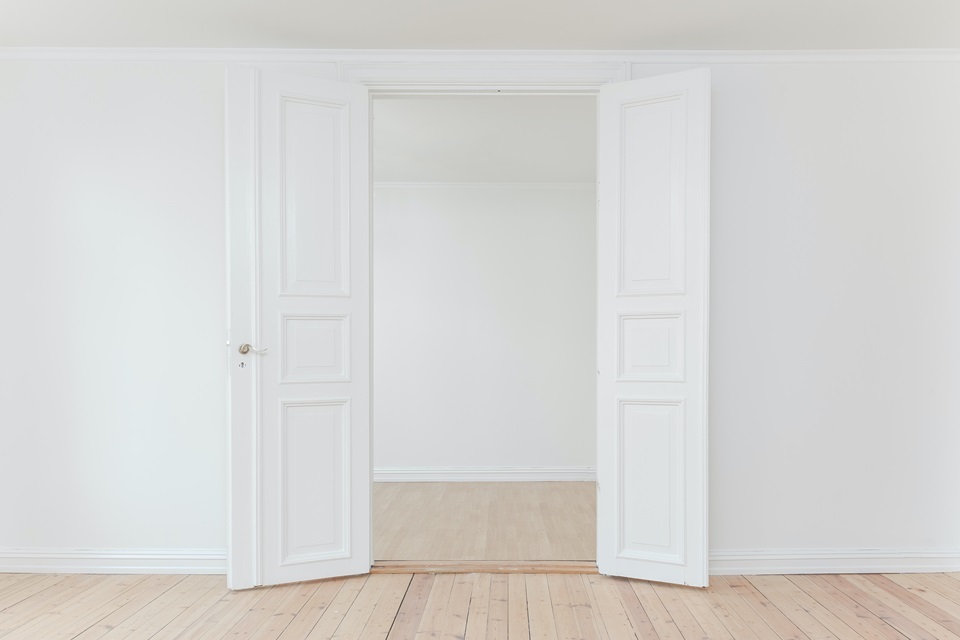If you see blemishes and areas of bare wood where the paint should have been, it is likely because the contractor did not prepare the surface adequately. This can include using the wrong type of primer or not covering adjacent surfaces. The choice of paint is another important factor. Water-based acrylics are ideal for doors, as they dry quickly and do not produce the odor and fumes that oil paints do.
Table of Contents
Experience
There is more to painting than just brushing on paint and letting it dry. Door and trim painting requires sanding, cleaning, and re-sanding to remove dust nubs before applying another coat. It’s also essential to use professional tape that seals out paint rather than cheap masking tape. Using cheap tape can cause paint to bleed under the new paint. Interior doors are often painted the same shade as the walls, but you can match them with the trim or go for contrasting colors. The key is to pick a color that compliments the walls and brings out the natural wood grain in your doors. You can also add some pizazz to your doors and trim by choosing a glossier paint finish, which is easier to wipe clean of fingerprints and grime.
Cleanliness
Painting doors and trim requires a different touch than painting walls. They’re narrower, closer to glass, and harder to correct than a wall space room. It’s easy to make a mistake and end up with an uneven look or, worse, a spot where paint bled onto the door’s frame or hinges. To prevent this, a professional must care for the surfaces they’re painting. This includes removing old hardware and sanding the doors to prepare them for new paint. Then, they’ll tape off the surrounding walls and doors, protecting them from splatter and drips. They’ll also know to wet the floor of the work area when sanding and painting. This keeps dust from puffing up into the fresh paint and raises the humidity in the room, helping reduce lap marks and streaks.
Reputation
A quick Google search will reveal much about any professional you’re considering. Check their online reviews to understand what past clients have said about them. Interior doors and trim can be painted in a variety of colors. You can match them to the walls, paint them complementary colors, or go bold and contrast them with one another. Ultimately, it’s a matter of preference and what looks best in your space. Be sure to take the time to prep the door and trim before painting correctly. This includes masking tape and paper, cleaning the surface thoroughly, and sanding rough areas to promote adhesion. Don’t forget to add new hardware for an additional touch of style!
Communication
Ensure your painter can communicate the details of their estimate. This includes labor, time frame, and materials needed. Don’t be afraid to ask for specifics, as it’s better to be clear upfront than misled. It’s best to paint doors and trim first before painting the walls. Any slops from the edges won’t smear onto the faces. Plus, it allows the brush marks to dry and harden before you paint over them with rollers. Always use actual painter’s tape when taping around windows and doors, not cheap masking tape. Masking tape isn’t designed to hold paint and could pull paint off the wall. Always use a primer when painting over existing wall color, as well.



